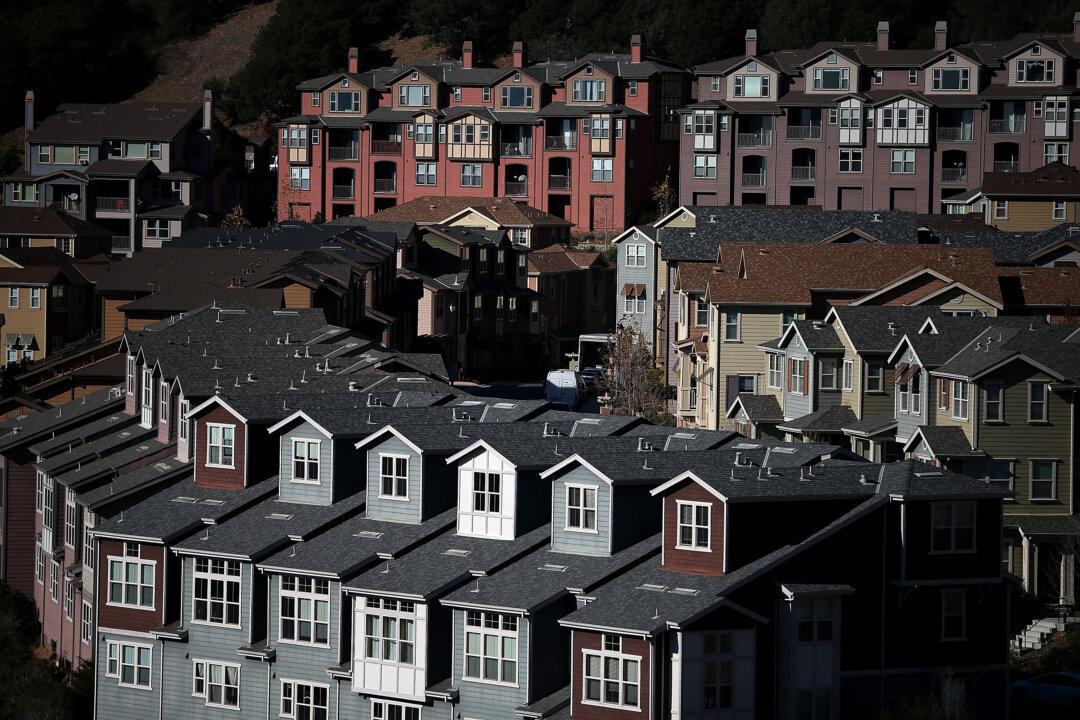U.S. home prices rose 20.4 percent nationwide in April compared with the same month in 2021, according to the S&P Dow Jones Industrial’s CoreLogic Case-Shiller Index report on June 28 (pdf).
This, compared with a 20.6 percent rise in March, appears to be a sign of a cooldown in price rises. The last deceleration in prices was in November 2021.





